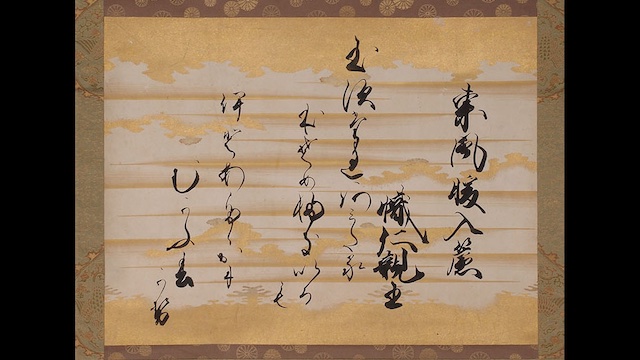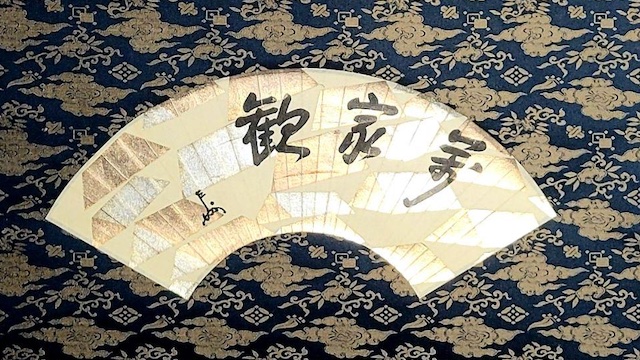
Eiso is a form of waka poetry and haikai.
Originally, it was a draft of a poem, but later became a type of waka style.
The name Eiso is also used in haikai.
There is an official ``tate eiso'' for when you are writing, and an ``ori eiso'' for when you ask for corrections.
In Tateeigusa, the paper used is Kobosho Sugihara.
In Tateeigusa, the writing paper is folded vertically in two, divided into five parts, and the name is written at the bottom of the first line, the title is written in the middle of the second line, and the first, second, and third phrases are written on the third line. Write four and five verses on the fourth line, leaving the fifth line and the back blank.
Sumitsugi is the first, third, and fifth verses.
Usually, one poem is written, but sometimes two poems are written. I will leave it.
In the case of “Eishin Tateeigusa”, Mino paper is used.
Add the word "upper" below the name.
Orieigusa uses Sugihara, Mino paper, and informally Japanese paper.
In orieigusa, the writing paper is folded horizontally in two, then vertically in four, the title is written in the center of the first fold, and the name is written in the lower right corner, followed by the letter '上'.
On the second fold, write one poem in three lines, and on the third fold, write one poem as a “kaeuta” in the same way.
If you write a song with a different theme, write the title on one line of the fourth fold, write the first and second verses on the second line, the third and fourth verses on the third line, and write the final line on the back.
There is also a format in which the paper is folded in three.

Schoolmaster's lexical
家元